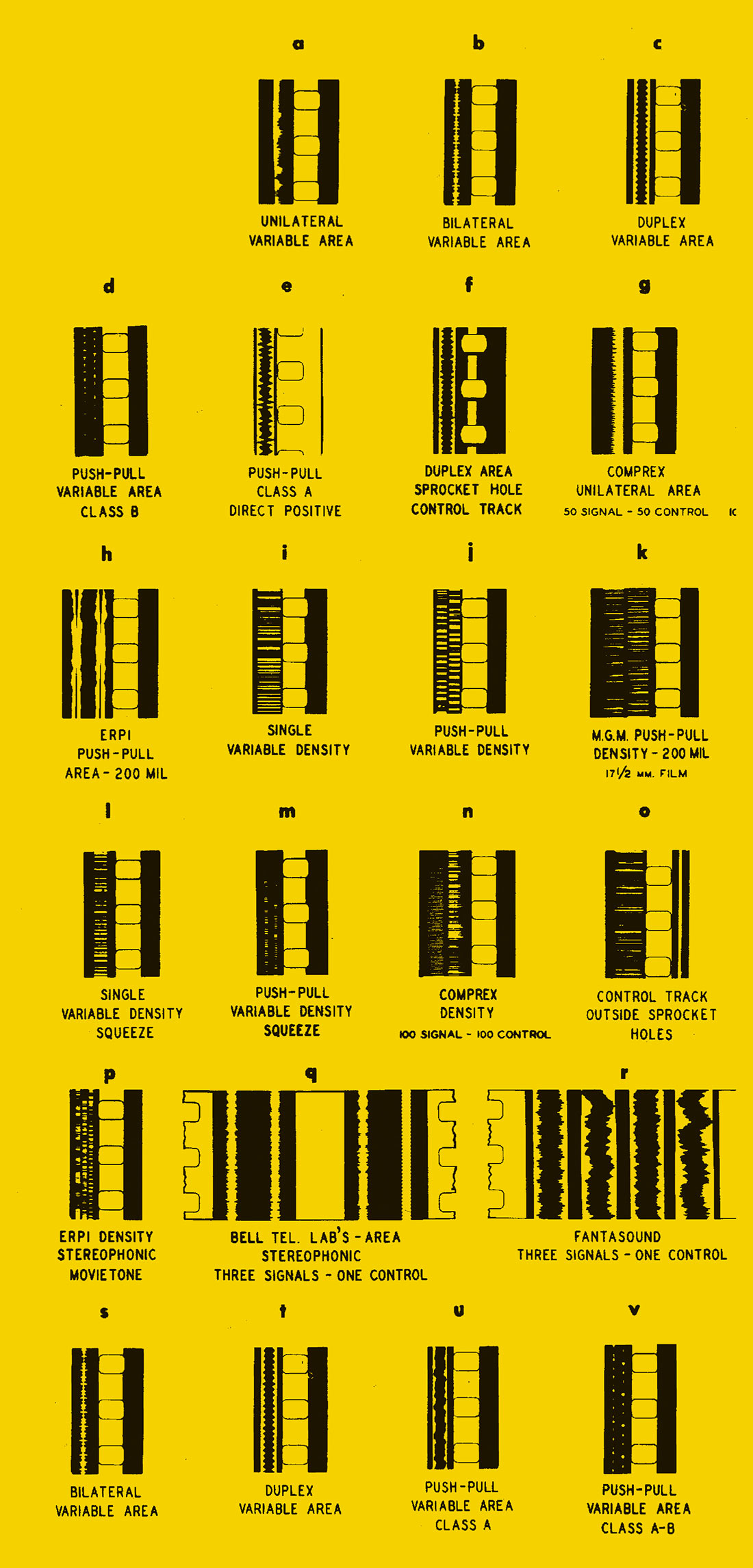Let's talk about tape — not the kind that you record on, but the kind that's sticky. Or actually, the kind that's sort of sticky — tape that's used to mount, attach, or repair things, but doesn't leave a sticky residue.
Years ago in "Gear Geeking" [Tape Op #65], I recommended Pearl Paint Flatback Tape as an affordable, zero-residue paper tape for temporarily labeling gear and attaching things (gobos to each other, mics into clips, cables onto floor, etc.). Unfortunately, Pearl is no longer in business. These days, I use ProTapes Artist Tape that I purchase from Amazon. It too leaves zero residue when you remove it, and it comes in a bajillion colors. With higher edge-shear resistance than standard masking tape, you can use it to tack things together, but it's still easy to tear off lengths with your fingers. When you're done with it and you peel it off your gear, it leaves nothing behind — but the tape remains sticky, so you can reuse it later. For example, I use a long strip of Artist Tape to label the faders on my console. At the end of the session, I peel off the tape and attach it to the side of one of my racks. When I recall that session for overdubs or for mixing, I take that same piece of tape and put it back on my console.
When I need more strength than a paper tape offers, I reach for ProTapes Pro Gaff. Despite what many engineers seem to think, gaffer's tape is not duct tape. Both utilize a cloth backing and a rubbery adhesive, but real gaffer's tape is removable from most surfaces within a few days of application. By the way, Pro Gaff is available in even more colors than Artist Tape.
And lastly, let's talk about silicone self-fusing tape. Perhaps you've seen YouTube videos of this stuff being used to seal active leaks in plumbing or fix tears in automotive hoses. These cheesy videos seem to make impossible claims, so I was skeptical at first, but now I wonder how I ever lived without it. I purchased my first roll of it because I wanted to tack down the ends of bicycle handlebar wrap that I was planning to use on an umbrella stroller that had otherwise survived many years of airline gate checking. I ended up using the silicone tape for the entire handle area in lieu of the handlebar wrap. The tape itself is grippy, but it doesn't feel sticky at all; magically, it adheres to itself with a tenacious, permanent bond. You have to stretch the tape and wrap it around whatever you're fixing so the tape overlaps onto itself. Once you do that, it immediately amalgamates into a waterproof, seamless union. I'm constantly finding uses for it: around electrical joins when I can't slip a piece of shrink wrap around the wire; covering the peeling headbands of my Audio-Technica headphones; cleanly bundling cables instead of using cable-ties, which tend to get stuck on things; strongly attaching mics to clips; adding strain-reliefs to wire terminations; closing up and waterproofing wire splices for electrical accessories I've added to my motorcycle; adding grip to the uprights of my hang-glider; and yes, even fixing leaky plumbing. Moreover, one of the coolest properties of this tape is that it's easily removable, leaving zero residue; just take a sharp knife and carefully slice across it, and it peels right off. I can't recommend this scientific wonder enough! I ended up purchasing many rolls in several colors from Amazon, where it's available under various names: F4 Tape, FixItTape, Rescue Tape, etc. Keep in mind when you're estimating how much you need that you have to stretch it to roughly twice its resting length and overlap by 50% of its width.

